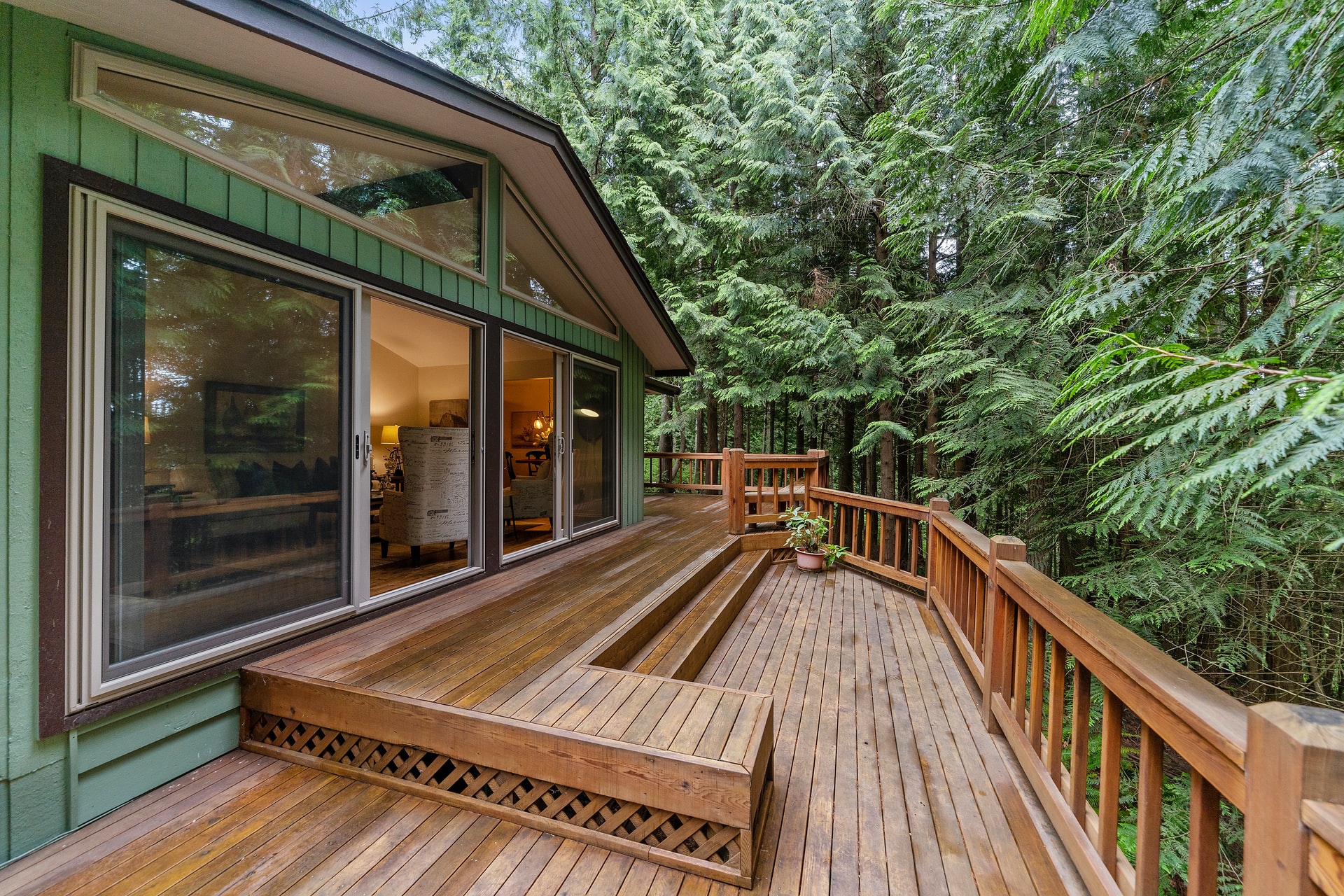Deck has been homeowners’ favorites for ages. A place to unwind, have fun, and spend quality time with loved ones while the great weather adds to the beauty of it all. You want it to be accessible to everyone including the disabled or elderly. (who want to stay confined to the four walls of the room all day!) that is why you need to make it ADA compliant. This guide is here to walk you through how you can go about it.
However, as a homeowner, you need to understand that there are some codes and practices you need to follow and not everyone that knows how to nail boards can get the work done. You want a safe, comfortable yet beautiful deck and that requires doing some homework on the best Pennsylvania deck building services that can get the work done perfectly while still meeting the ADA requirements.
Start with the basics:
What does the ADA requirement entail?
Americans with Disabilities Act (ADA) provides guidelines that must be met to ensure the deck is safe for wheelchair users, walkers, or anyone using strollers. For this, there are local codes put in place and you might need to conduct some research and find out from the local Building Inspection Department or Agency which codes apply in your area. This might be as simple as making sure the doorway is 36 inches wide, installing a small threshold ramp, ensuring the deck is accessible from both inside and outside, and many more. Therefore, whether you are planning to DIY or hire custom deck builders pa, check out ADA laid down standards for accessible design.
Do you need approval and a permit?
Another thing you need to do before you get started is to get a permit. Many homeowners associations and local codes require material, design, and the overall project preapproval before you can get started. Here in Pennsylvania, the requirement varies from municipality to municipality, and decks over 30 inches above grade requires a permit in most municipalities. Aside from these, you want to avoid problems like unsafe guardrails, unreliable building materials, water infiltration which can pose serious health issues, or even lead to fire hazards. You don’t want your favorite fun spot leading to injuries or damages. Permits are the best way to stay out of family tragedy or unplanned expenses. Therefore, reach out to your local building officials for the guideline to follow and your permit approval.
Build your ADA compliant deck
How will you use your deck?
The next thing you want to look into is the purpose you want to build the deck in the first place. Is it for entertainment? For this, you might need a dining area and seating. Is it primarily for relaxation? You might have to put some benches and seatings. Are you an avid Gardner? Then you need an area for built-in planters for your flowers, plants, or herbs. Do you enjoy an outdoor spa? You need space for a spa. When you have a vision of what you want, then, it’s much easier to make your dream come to reality.
Where will your deck be located?
Another thing to put into consideration is where you want the deck to be located. While sometimes you already know where the deck will be, figuring this out sometimes might be a hassle. Ask yourself, which style and design will match perfectly with your home aesthetics? You do not want to end with a deck that is too large for your home or yard. Is there anything that can pose a hindrance? This could be the AC, septic tank, or any other utilities that might need to be removed. Is there any elderly or disabled? You want your deck to be accessible for everyone including visitors. How about the weather, sun, or shade of comfort? You need to put into consideration every season, including the direction of the wind and how it can affect the usage. Finally, you want some privacy and a deck that is far from the prying eyes of neighbors.
Do you want a freestanding or attached deck?
You need to decide whether you want the deck to be attached to the home or freestanding. To be attached to the home means it is supported by your home’s existing structure and can save you some bucks. However, it can be an extra load on your home structure and probably cause water infiltration. For freestanding, it is built independently from a house wall ledger. They are self-supporting deck structure with their own footings. Although freestanding is not an extra load to your home structure, it does, however, come with additional cost.
What are your materials options?
You want a deck that is highly durable, safe, and easy to maintain, that is why you need to choose your materials wisely. Many preferred composite decking material for ADA compliant deck over a wooden material. For this, check out with your Pennsylvania deck building services company to find out more about ADA compliant building materials for deck.
